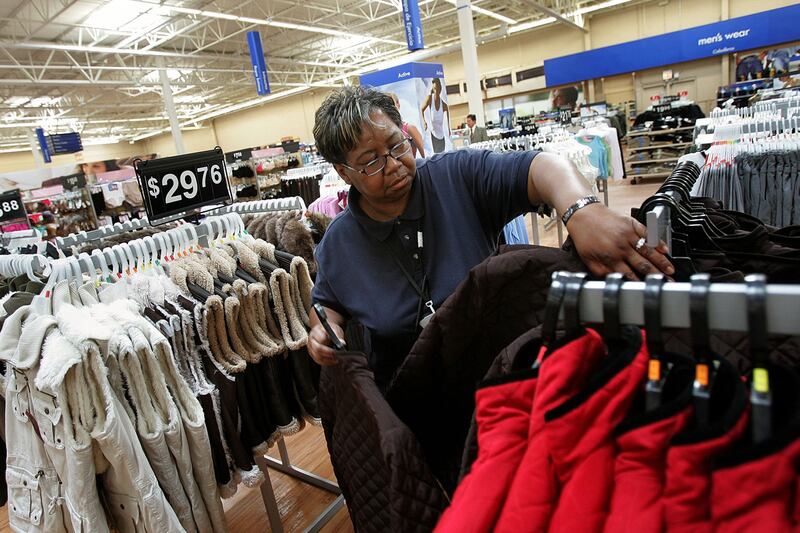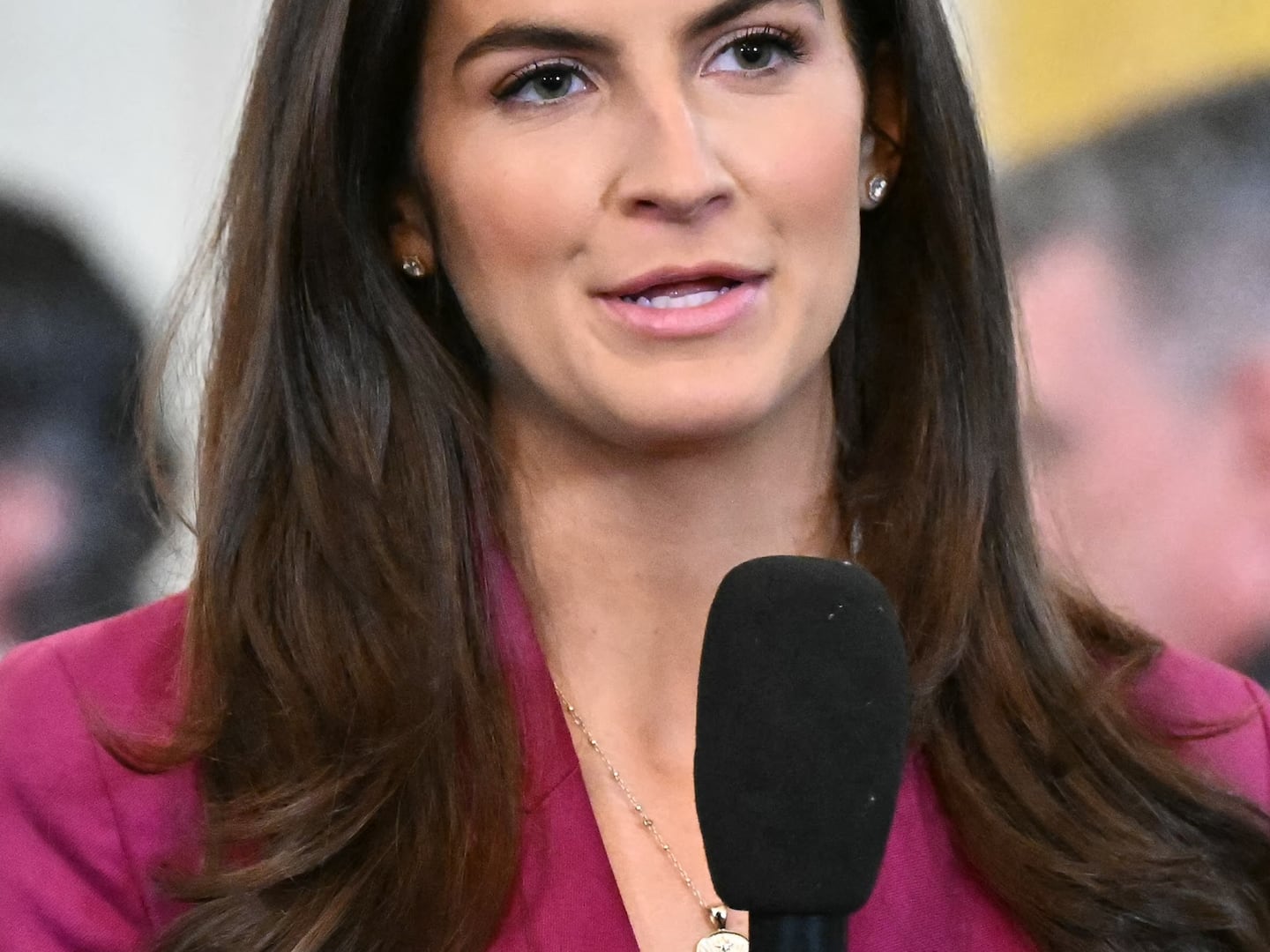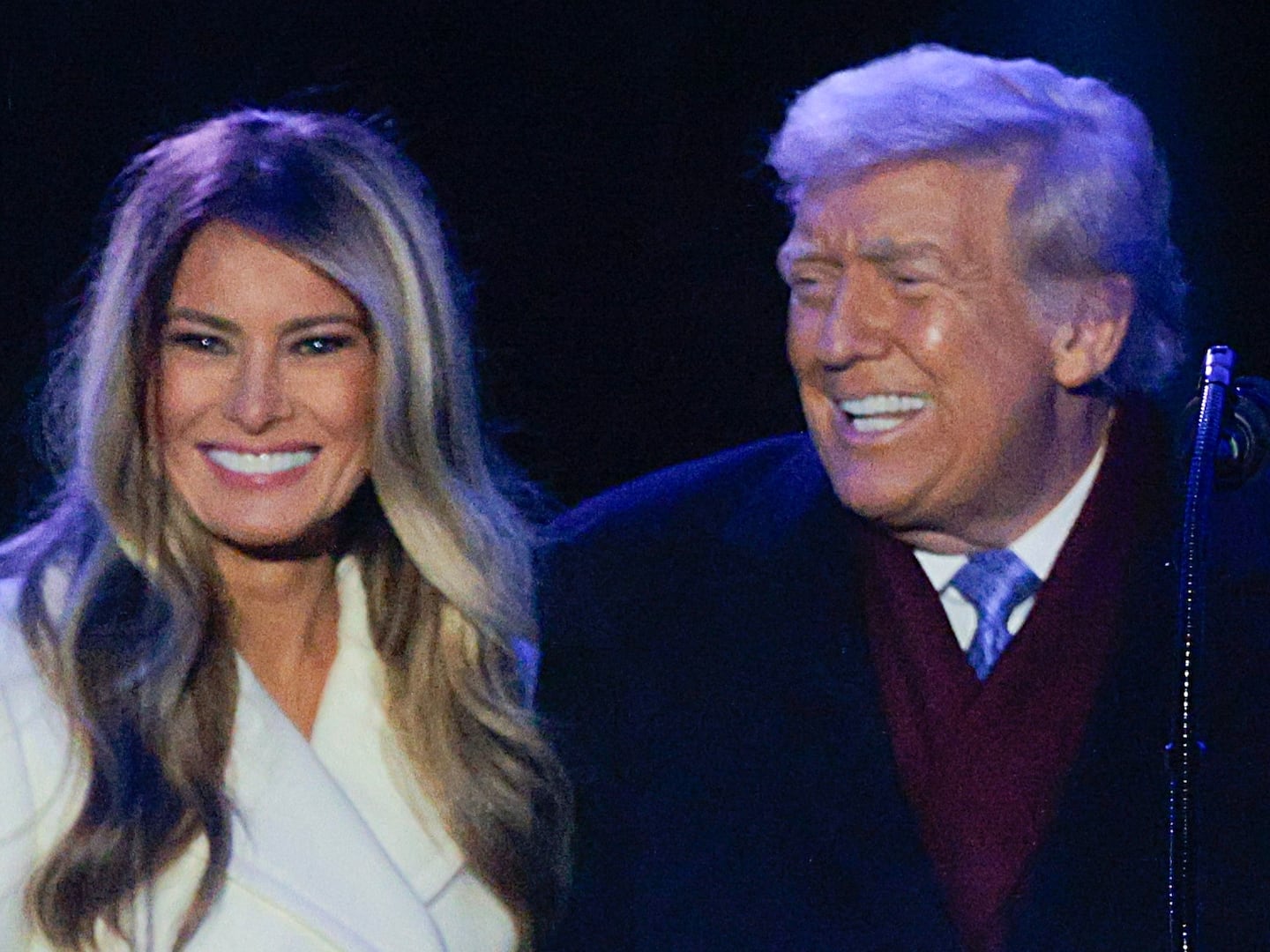The Supreme Court’s decision on the Walmart case—in which five justices, all male, sided with the company in denying 1.5 million female employees the right to pursue a class-action sex-discrimination lawsuit—showed a truly stunning obliviousness to the way gender bias actually plays out in the workplace.
“Respondents have identified no ‘specific employment practice,’ much less one that ties all their 1.5 million claims together,” wrote Justice Antonin Scalia in rejecting the “anecdotal” experiences of more than 12,000 female Walmart employees who related individual accounts of gender bias to the attorneys in the case.
More than 70 percent of Walmart’s employees are women, but only a third of its salaried managers are female, and women earn less than their male counterparts in nearly every position at the company. When women asked why they were paid less than men, their male managers replied that men were working as “heads of households,” whereas women were “housewives who just need to earn extra money.”
In light of such evidence, Justice Scalia’s failure to discern actionable patterns of discrimination seems breathtakingly clueless. How can one of the nine people charged with resolving the most important legal questions of our time be so completely disconnected from the realities faced by women in the labor force?
With all three female justices dissenting from the majority decision, gender may have played as much of a role on the court as it did at Walmart. "Managers, like all humankind, may be prey to biases of which they are unaware," wrote Justice Ruth Bader Ginsburg in a dissenting opinion.
In forming a coherent view of reality and the individual opinions that derive from it, we all proceed from our own personal experience, hopefully augmented by education, information and mind-expanding exposure to other people’s realities. But just as medical science relied, for generations, on studies that assumed the male experience as the standard for all humans, many men are curiously blind to the ways that gender alters our life experience, creating innumerable hurdles for women that simply do not exist for men.
As a young newspaper reporter, I was thrilled to get a job at The New York Times, which had just settled a class-action sex discrimination lawsuit and showed a newfound interest in hiring women; Anna Quindlen used to call those of us who were hired during that period “the class of 1978.” When I arrived at the paper, veteran reporter Nan Robertson took it upon herself to brief me on the culture of the Times, telling me about everything from the illegitimate child fathered by the publisher with a female employee to such old New York newspaper aphorisms as the saying: “Drink is the curse of The Herald-Tribune./Sex is the bane of The Times.”
But this was not my first newspaper job, so I wasn’t surprised when a high-ranking male editor groped me in the elevator one day; the same thing had happened at my previous newspaper, with an editor I’d never even met before stepping into the elevator.
Nor was I surprised when a successful female journalist who was reportedly joining The Times came in for her final interview with the editor who had groped me. After that interview, she was abruptly eliminated as a new hire.
“What happened?” I asked my department head, who—like everyone else with power in the newsroom—was white and male.
“I guess she didn’t put out,” he replied with a feral grin.

In fairness, I should add that I didn’t “put out” to get hired by the Times—but neither did I report having been groped by one of its top brass. I had tried that at my previous newspaper, but when I told the (married) executive editor about the guy who assaulted me in the elevator, he laughed, exclaimed, “That dirty old man!”—and then asked me out himself.
In those days, nobody saw such incidents as contributing to what subsequent sexual harassment law would describe as a “hostile work environment.” And at both papers, the upper levels of the masthead remained strictly male.
For a decade after my arrival at the Times, I remained ignorant of the pay gap between men and women at the paper. But then I got involved with a fellow reporter, and when he asked me to marry him, we started talking about having a family and buying a home. We both worked in the cultural news department, but I had been at the Times for 10 years, and he had only been there for a year. So I was astonished to learn that he was making $60,000 a year to my $48,000.
Indignant, I complained to my department head, who was unaware of our romantic relationship. “How did you find out?” the editor demanded. “What did you do—go through his wastebasket and find his pay stub?”
When he claimed he had no authority to give me a raise, I went to the assistant managing editor, who, after considerable wrangling, brought my salary up to nearly $50,000. That was still $10,000 short of parity, but he said there was nothing further he could do. So I made an appointment with a lawyer who had been involved in the original class-action suit against the Times. As I recounted my experience, she shook her head sadly.
“When they settled that suit, they made a lot of promises, and they haven’t kept them,” she said. “Pay discrimination is still endemic there. When it comes to sex discrimination, the Times is like a bomb waiting to go off. It’s just a question of who’s willing to sacrifice her career and pursue a lawsuit.”
While I pondered this unappealing prospect, I got pregnant and received a terrific job offer elsewhere, so instead of filing suit against the Times, I quit and started a new life.
That was in 1988. Many things have changed since then, and this month the paper announced that its next executive editor will be a woman. I don’t know whether men there are still paid more than women for performing the same jobs, but American women still earn only about three-quarters of what men earn overall.
Recently I found myself wondering how much money I forfeited by working for less than male peers during my years at the Times. It’s easy for young women to rationalize salary discrepancies, particularly when they’re relatively small; it doesn’t seem worth it to make a career-blighting fuss over what may seem like a trivial amount of money.
But over time, even trivial amounts of money can grow. So I asked financial adviser Manisha Thakor to calculate what I had lost. Although the pay gap was $12,000 when I discovered its existence, I told her to make a conservative estimate based on 10 years of earning $10,000 less. If I had actually received that $100,000 and invested it when I left the paper, how much money would I have today?
Thakor ran the numbers and showed me the results on a sliding scale that reflected a range of potential interest rates. If the money earned 7 percent a year, I would have nearly half a million dollars by now. If it had earned 10 percent—the average return of stocks over the long run—I would have $931,247.
But if I were to share my work history with Justice Scalia, no doubt he would dismiss my life experience—and the big zero in my bank account where all that money might have been—as “anecdotal.”






